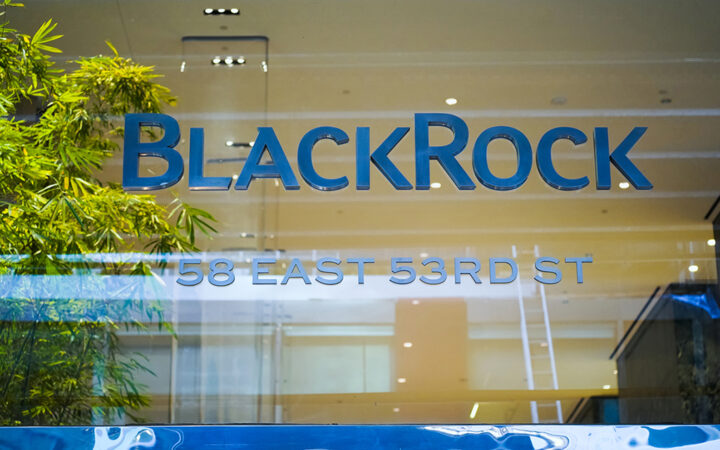
Christopher Haruna Hamman is a Freelance content developer, Crypto-Enthusiast and tech-savvy individual. He is also a Superstar Content Developer, Strategy Demigod, and Standup Guy.
While many financial experts come up with one formula or the other for anyone to retire early and live off investment income, it is quite easy for anyone who has the right information to be able to do this easily.

The fact remains that you will still need a well-cushioned portfolio and follow some very basic rules about your earnings and spending to be comfortable.
According to Stephen Fry, who is a certified financial planner and founder Safe Landing Financial, using a Monte-Carlo simulation, which is one of the most mathematically accurate ways of determination of financial outputs a tax-deductible account with inflows of a $100,000 a year or $65,000 per year in dividends, would do the trick quite nicely.
The dividends will most likely come from investments in paper assets and capital gains made from equity investments such as stock and others. These, of course, will occur after the taxman has been given his due all until the age of 90.
For the non-existent retiree to achieve a great retirement, Fry had to make certain deductions on the retiree’s tax and investment situations. He used RightCapital which is financial planning software which hinged its results on JPMorgan long-term estimates on returns with no taxes and social security of any sort, all held in an investment account which can be taxed and penalty-driven based on withdrawals before the age of 60.
Based on the above, anyone who wants to leave work at the age of 55 will need $3.45 Million from the moment they retire if they want to live the retiree’s dream. After-tax, they would also need an income of $100,000 to be comfortable. If, however, the investor’s income was reduced to $65,000, the investment amount was reduced to $2.2 million. The amount of income needed also reduces in tandem with the capital available.
If the retirement age was increased then the investment amount needed to retire will also reduce as well. This is because the time cost of the investment would have been factored in to produce less risk for the investments. As such, the amount needed will also be less to have a similar amount.
Fry furthermore recommended a 70% investment in stocks and a 30% investment in bonds due to the high equity nature of stocks in terms of capital gains while the steady inflows and creditworthiness of bonds as well. He also recommended making adaptations to the retiree’s financial plan based on situations on the ground at the time.
Investments in passive income from assets such as real estate, intellectual property and so on have also been proven to be great sources of income in retirement.
This goes to show that financial intelligence is needed when planning to retire. The rules are simple: increase your inflows, reduce your outflows and create reserves. With those rules retirement becomes easy. Who can beat that right?

Christopher Haruna Hamman is a Freelance content developer, Crypto-Enthusiast and tech-savvy individual. He is also a Superstar Content Developer, Strategy Demigod, and Standup Guy.




